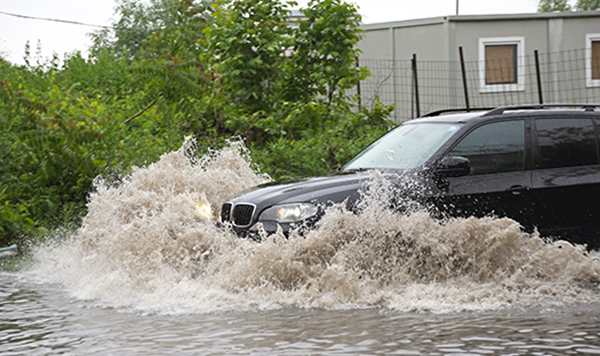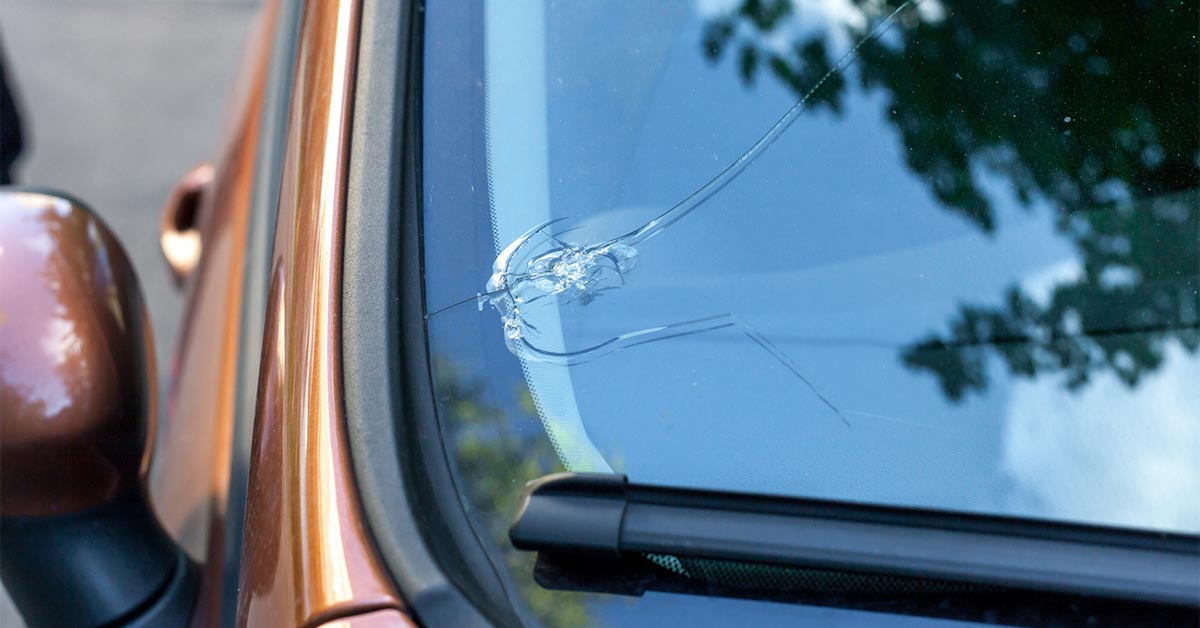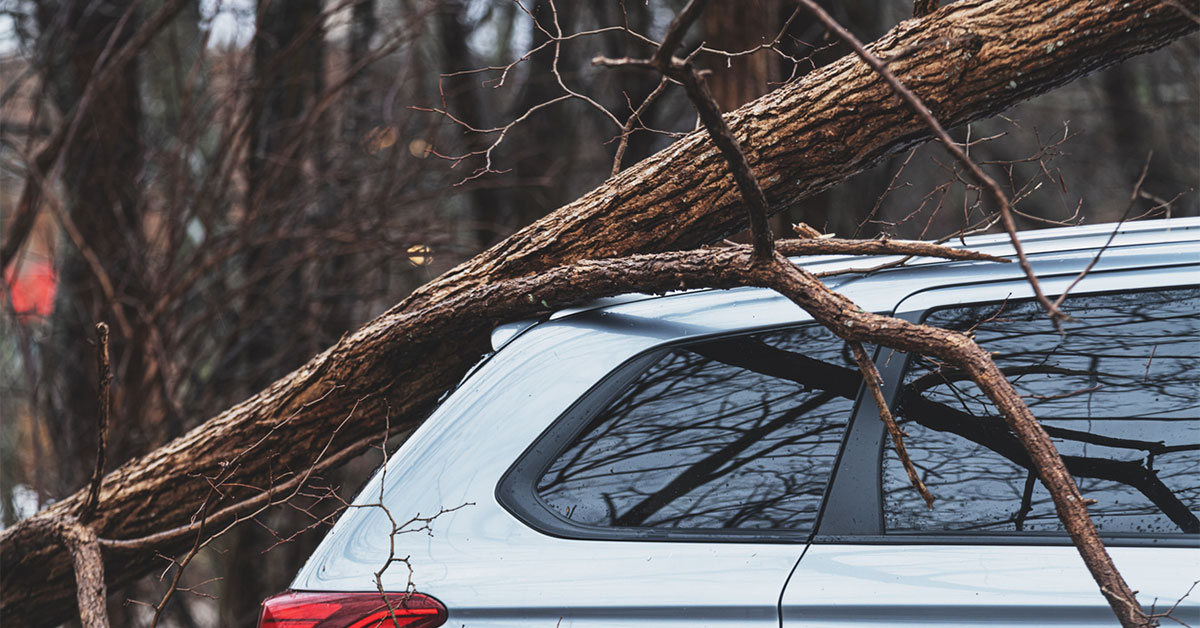It’s peak flash flood season which means you need to drive extra carefully. August and September typically see the most flash floods, which can happen anywhere and at any time. It’s important that you’re aware of the dangers of flash floods, especially when you’re driving. It’s also important to ensure that your Auto Insurance covers you in case your car does incur flood damage as a result of one.
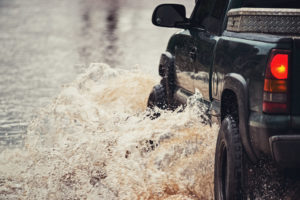 Floods are the number one natural disaster in the U.S., and all 50 states have experienced flooding within the past 5 years according to the National Flood Insurance Program (NFIP). You might think that your vehicle can survive through a giant puddle or flowing water, but even 12 inches of water can be extremely dangerous for you and your car. A foot of water can float your vehicle. Two feet of water can carry away SUVs and pick-up trucks. Can you imagine what three feet of water could do? Because water can quickly rise and flood your car in minutes, it’s important to understand the dangers of driving in high waters and through seemingly shallow puddles.
Floods are the number one natural disaster in the U.S., and all 50 states have experienced flooding within the past 5 years according to the National Flood Insurance Program (NFIP). You might think that your vehicle can survive through a giant puddle or flowing water, but even 12 inches of water can be extremely dangerous for you and your car. A foot of water can float your vehicle. Two feet of water can carry away SUVs and pick-up trucks. Can you imagine what three feet of water could do? Because water can quickly rise and flood your car in minutes, it’s important to understand the dangers of driving in high waters and through seemingly shallow puddles.
But it isn’t just car damage you have to worry about. Your home and even your life could also be at risk. According to the National Weather Service, an average of 82 people die from flash floods in the U.S. every year. This is because your car’s tires can act as flotation devices that carry you and your car away. Also, if the water is flowing quickly enough, you could be swept away in your vehicle without any control of the steering wheel. In the worst-case scenario, your car could flip over—with you in it.
Safety Tips for Flash Floods
Flash floods can happen in an instant, or they can build up gradually. From deep puddles and rising waters to flowing streams, there are many ways flash floods can put both you and your car in danger. Luckily, there are several ways you can avoid getting hurt in a flash flood while driving:
Avoiding Puddles
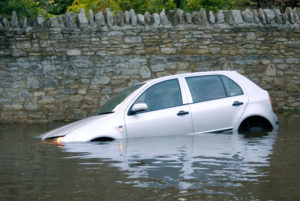 First and foremost, stay calm in any situation. Always prioritize your safety over your car’s. Your car can be replaced, but you can’t.
First and foremost, stay calm in any situation. Always prioritize your safety over your car’s. Your car can be replaced, but you can’t.- The best way to prevent any damage or injury is to simply avoid crossing flooded roads, canyons or ditches by car or on foot. You can do this by pulling over to higher ground or taking an alternative route.
- It’s also best to avoid driving through still water and puddles. Definitely avoid going through any water where electrical or power lines have fallen in. The electric current could cause serious injury or damage.
- Water can be deceptive, making it almost impossible to tell how deep it really is. If there’s absolutely no way to avoid driving through a puddle, watch closely as other cars pass through it. How deep do their cars go into the water? Is your car the same height or is it closer to the ground? After observing, make sure to drive slowly and steadily through the puddle.
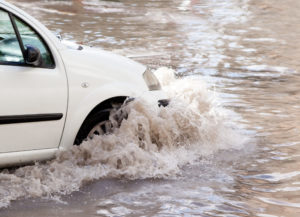 If you have driven through still water or a puddle that has gone above your car’s rims, check to make sure your brakes are working properly. Test them on a clear, dry patch of road at a low speed. If they are wet and not working well, you need to dry them. Air them out by applying gentle pressure and braking slowly when coming to a stop. Remember, do not slam on your brakes. Drive cautiously until you’re certain they’re working correctly again.
If you have driven through still water or a puddle that has gone above your car’s rims, check to make sure your brakes are working properly. Test them on a clear, dry patch of road at a low speed. If they are wet and not working well, you need to dry them. Air them out by applying gentle pressure and braking slowly when coming to a stop. Remember, do not slam on your brakes. Drive cautiously until you’re certain they’re working correctly again.- If your car stalls trying to go through a deep puddle, turn the engine off and call for a tow truck. Restarting your engine could potentially cause irreparable damage to it. Only try to restart your engine if your car is somewhere unsafe and you need to immediately get out of harm’s way.
Exiting Your Vehicle
- If your vehicle gets caught in rising water, exit immediately and get to higher ground. If your car starts to submerge, the doors may not open. Try exiting through a window by rolling it down or breaking it with your car keys or a detachable headrest.
- If you get caught in flowing water, exit immediately and get to higher ground. You’ll also need to look out for objects traveling downstream. They can hit you, trap you or crush you in rushing water.
- You can contact the authorities if you do not feel safe in a flooding situation. If you cannot exit your vehicle or become trapped in an unsafe situation, immediately call 911 or get the attention of a passerby so that they can call for help.
Car Insurance
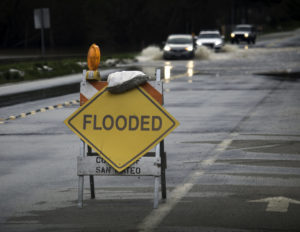 If your vehicle does incur damage in a flash flood, do you know if it’s covered by your Auto Insurance? The best coverage to include in your policy for any type of non-collision damage to your car is Comprehensive coverage. A few of the main damages that Comprehensive Insurance covers is fire, water, hail, vandalism and theft. Speak with an Insurance Specialist today at (855) 919-4247 to discuss the benefits of Comprehensive coverage. Also, ask how you can add it to your Auto Insurance policy today.
If your vehicle does incur damage in a flash flood, do you know if it’s covered by your Auto Insurance? The best coverage to include in your policy for any type of non-collision damage to your car is Comprehensive coverage. A few of the main damages that Comprehensive Insurance covers is fire, water, hail, vandalism and theft. Speak with an Insurance Specialist today at (855) 919-4247 to discuss the benefits of Comprehensive coverage. Also, ask how you can add it to your Auto Insurance policy today.
This content is offered for educational purposes only and does not represent contractual agreements. It should not replace manuals, instructions or the advice of a qualified professional. The definitions, terms, and coverage in a given policy may be different from those suggested here and such policy will be governed by the language contained therein. No warranty or appropriateness for a specific purpose is expressed or implied.
